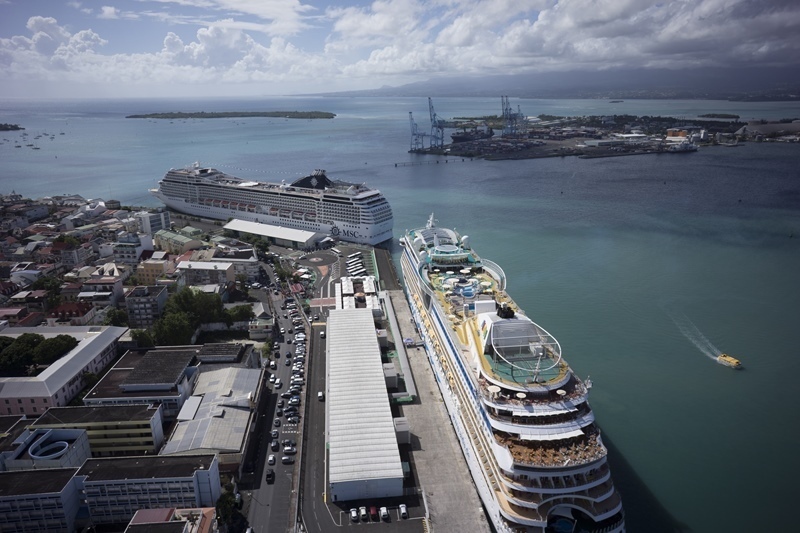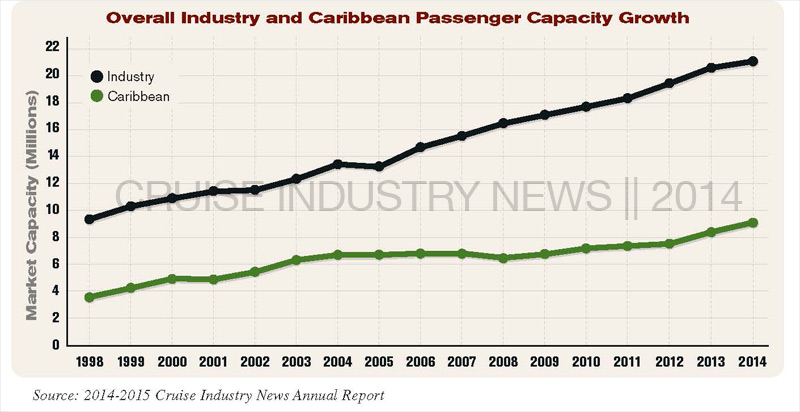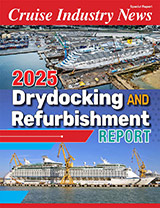 2014 will usher in a major capacity spike in the Caribbean – with the region going over the nine million mark for the first time in industry history, and nearly 12.5 percent ahead of 2013, according to data from the 2014-2015 Cruise Industry News Annual Report
2014 will usher in a major capacity spike in the Caribbean – with the region going over the nine million mark for the first time in industry history, and nearly 12.5 percent ahead of 2013, according to data from the 2014-2015 Cruise Industry News Annual Report
The market has gotten even more cramped and competitive, with new tonnage entering the Caribbean coupled with the effect of soft demand in Europe playing out over multiple years, as cruise operators plan their itineraries two to three years in advance of sailing.
 Ports are racing to respond – with new terminals, new piers and hoping their governments will provide something to grab a cruise ship – with differentiating factors ranging from the island experience to shore excursions to port discounts.
Ports are racing to respond – with new terminals, new piers and hoping their governments will provide something to grab a cruise ship – with differentiating factors ranging from the island experience to shore excursions to port discounts.
As the ships become the actual destinations, passengers still want to go somewhere, and the shoreside product has to keep up.
Itineraries remain carefully planned for minimal fuel consumption out of destinations with ample drive-to opportunity and/or airlift capacity.
Destinations close to the Gulf and Florida are benefiting the most, as cruise lines remain wary on longer itineraries and the fuel burn involved heading to the Southern Caribbean.
Europe and Asia remain less threatening than once before. Asia build-up has leveled for the time-being, and in reality represents a tiny part of the overall market. In Europe, political issues and airlift costs have pushed some deployment back to the Caribbean.
We’ve talked to the majority of the major players in the region in this section, who have shared their thoughts on their destinations, product development, opportunities, and challenges today and in the future.
Excerpt from Cruise Industry News Quarterly Magazine: Spring 2014



